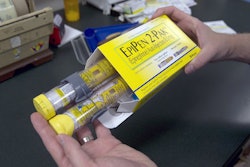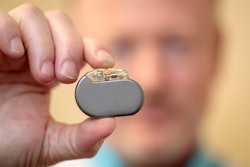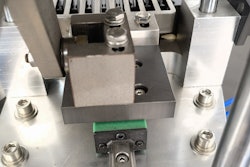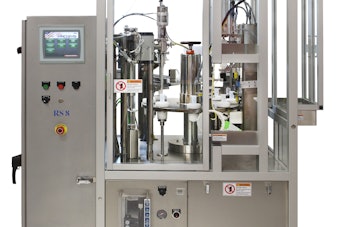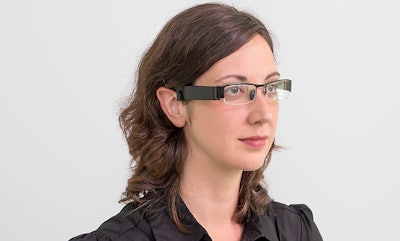
Move over, Google Glass; there’s a new tech-driven wearable in the game, and it’s primary function falls in the medical category. A recent article from IEEE Spectrum reported on Microsoft’s Glabella Project, which aims to continuously and unobtrusively monitor heart rates at three locations on the wearer’s head. The device combines optical sensors, processing, storage, and communication components to monitor the blood flow through different artery locations in the head.
The objective of the Glabella Project is to create an easy-to-use system to help people suffering from conditions like hypertension, which requires continuous blood pressure monitoring outside of a hospital setting. Microsoft filed a patent for the “head-mounted device for capturing pulse data” about a year ago, and it was published online just last month.



